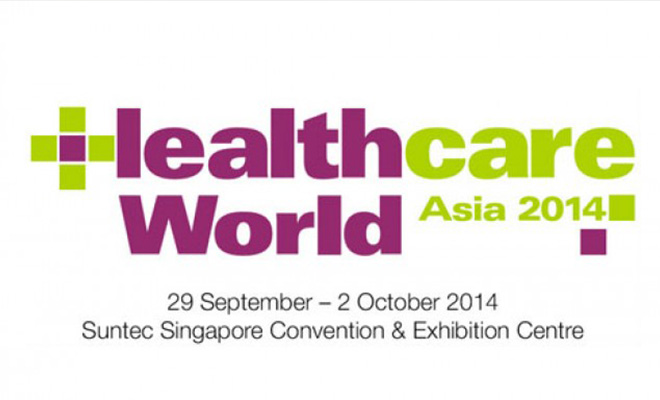
Insights + interviews
Future Of Healthcare In Southeast Asia
Healthcare in Southeast Asia is experiencing demands that look to shape the industry over the next few years.
With increasing populations and the rise of the middle class leading the call for better provision and higher quality healthcare, Southeast Asia is primed to see a boom in the healthcare industry. The region is also experiencing more public-private partnerships as well as the maturation of medical tourism in certain countries such as Malaysia and Thailand.
In fact, governments are looking towards managing the rise of medical tourism and seeking to liberalise regulations and complement these public-private partnerships taking place. With the growing demands, the future of healthcare covers areas across infrastructure, human resource investment as well as understanding the levers supporting medical tourism.
The following topics listed below were covered at the ‘Future of Healthcare in Southeast Asia’ session on 1 October 2014.
Hospital in a city, city in a hospital? Chia Cheng Chye, Senior VP (Architecture), Surbana International Consultants shares about the trends in hospital design over the past 30 years. He covers the four “Ps” including people, process, products and philosophy. An ageing population (aged 65 years old and above), increased life expectancy, technology advancement, perception of healthcare provision, medical tourism are all factors that impact hospital design.
Redefining the mode of healthcare. Hospitals will evolve and adapt to changing doctor-patient relationships, the provision of ‘healing’ environments and the increase of the ‘specialist’ hospital where skill-sets are niche-condition focused as well as the step-down hospital that operates in support of the acute-care hospital.
Can the virtual hospital be a reality? Michael Leow, Tan Tock Seng Hospital (Singapore) walks through a case study of using a virtual hospital to complement the operations of the main hospital. They find that these patients tend to have five or more prior admissions and usually suffer from chronic conditions. With a virtual hospital, there is an objective of reducing unnecessary hospital admissions and increase the quality of care leading to ‘happier patients’. A health manger (linked to the main hospital) works to provide oversight and coordination with both the patient’s support community as well as with befrienders and healthcare partners. The support group can be activated from basic functions such as home visits to a patient through to escalation where a patient can be brought in to the main hospital.
Meeting the demands of the international patient. Sue Lee, Hospital CEO, Ara Damansara Medical Centre (Malaysia) talks about three areas that have an impact on medical tourism including globalisation, country-level and people. Globalisation, that includes access to internet, travel mobility, cross-border insurance and the opening of economies, kicks off the commodisation of the worldwide healthcare system. At the country level, public-private partnerships, a unified national healthcare system and the positioning of the country as a ‘medical treatment’ destination has helped create a consistent healthcare experience for the medical tourist. Finally, she covers the ‘people’ element and shows how well-qualified healthcare professionals can complement the experience by having good communication and compassion when dealing with medical tourists and ‘pleasant surprises’ to wow the patients.
Next healthcare opportunity in Southeast Asia. Panel comprising representatives from the International Finance Corporation, Quadria Capital (India) and Heritas Capital Management looks at investing long term in healthcare and its talents, with the panel looking at long term to be with SME (small/medium enterprise) sized private companies and a window of four to seven years in Southeast Asia. Challenges to be navigated including government regulations and ‘teething’ problems with new sectors that are opening such as universal healthcare as an investor and how to structure partnerships to balance the investments made.
Read on to find out what was covered in “Meeting tomorrow’s healthcare demands today with IT” session.









